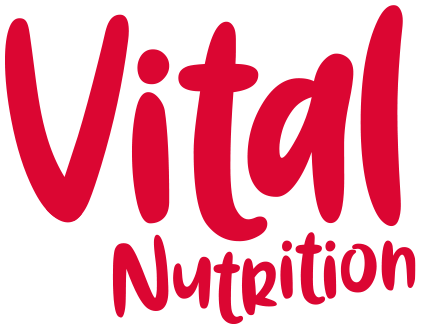Feed your microbiome
How much do you think about the friendly little microbes that call your gut home?
Do you choose foods you think they will like, eat in a way that supports the diversity and abundance of bacteria in your gut microbiome, or never give these friendly bugs a second thought?
We all have a unique balance of bacteria in our gut microbiome. It’s a bit like a fingerprint – no two microbiomes are identical. When we hit the right balance and eat in a way that helps our probiotic bacteria thrive, we are rewarded by a whole myriad of health benefits that go far and beyond digestive health.
This week, as NI Science Festival gets into full swing, Dr Emily Prpa will be in Belfast to explore the magic of our microbiome, with a particular focus on the gut-brain axis.
As more research focuses on the balance of bacteria in our gut microbiome, we are getting a better understanding of how far-reaching their benefits are. Research is mounting that the role of the gut microbiome extends way beyond the digestive tract, from impacting, immunity, skin, hormones, to mental health, so it pays to look after it.
I like to think of the microbiome a bit like our own personal ‘gut garden’. The more variety and abundance that can happily thrive, the better – like any good garden, the more healthy plants there are, the less the weeds matter!
The bacteria we call probiotics (species like lactobacillus and bifidobacteria) are considered our friendly bacteria and these are the bugs we want to nurture. Other species will live happily alongside these probiotics and not cause any harm as long as they are balanced out by an abundance of these good bacteria.
There are many ways we can help these friendly bugs thrive and one of the best ways is to eat a wide diversity and abundance of plant foods.
You have heard of 5 a day, but how about 30 a week?
There are many reasons why 30 a week is the new 5 a day.
Plant foods provide fibre, polyphenols and other nutrients needed to feed and nurture a diverse microbiome and provide fuel and food for our probiotic bacteria.
It’s the variety that matters, so if you find yourself buying the same foods week in, week out, this is a great way to improve the variety in your diet – better for you and better for your microbiome.
The 30 a week challenge encourages you to eat foods you might ordinarily pass by in the fruit and veg aisle, you may find yourself perusing the pulses, checking our different wholegrains, or getting spicy with flavours.
All plant foods will count – herbs, spices, fruit, vegetables, pulses, legumes, nuts, seeds, and wholegrains. If you choose a different colour of a plant food (red, yellow and green peppers), you can count each one as a tally on your scoresheet.
Of course, each food only counts once in the week, so if you have oats with chia, flax and berries all week, it only adds up to 3 on your scoresheet.
You can count any plant food as one. For example:
Vegetables – e.g. carrots, broccoli, leeks
Fruit – e.g. blueberries, bananas, oranges
Spices – e.g. cinnamon, cardamom, nutmeg
Herbs – e.g. dill, thyme, parsley
Pulses – e.g. red lentils, chickpeas, kidney beans
Whole Grains – e.g. quinoa, oats, brown rice
Nuts – e.g. almonds, walnuts, cashews
Seeds – e.g. chia, flax, sunflower
Keep a scoresheet for a week and see how many plant foods you can pack into your diet.
There are still a few tickets left for ‘The Gut Brain Axis’ talk at the Mac on Thursday 20 February. Get your tickets at nisciencefestival.com

